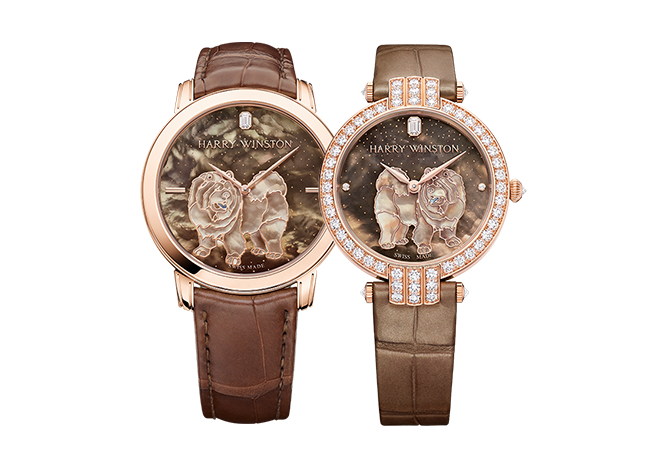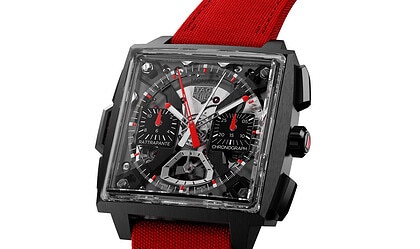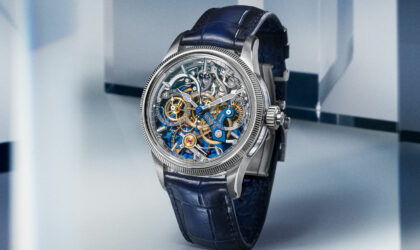Every year, at the top watch fairs of the world, watchmakers reveal novelties that incorporate rare artistic skills. Coveted for their display of technical and creative expertise, these limited-edition masterpieces demonstrate a level of skill in design and execution that few craftsmen possess today.
Among them are timepieces honouring the animal linked to the Chinese zodiac and 2018 is the Year of the Dog. The Chinese believe that when a dog enters a house, it symbolises the arrival of good fortune, and that people born in the Year of the Dog are loyal, good-natured and brave. Harry Winston chose a chow-chow to grace the dial of its limited-edition 18ct rose-gold watches. There are only eight (a number also considered lucky by the Chinese) each for men and women.
Using skills traditionally reserved for enamelling, Harry Winston’s artists ‘painted’ the dial with mother-of-pearl while the chow-chow took shape through marquetry, a demanding technique that sees mother-of-pearl pieces being introduced to an underlying gold base. That base forms the outline of the dog, with mother-of-pearl giving shape to the body within contours created using a technique borrowed from cloisonné enamelling. Gold accents set in expertly carved hollows and fine lines engraved in the body highlight the chow-chow’s coat, giving the impression of volume and vitality.
The art of enamelling in watchmaking dates back to the 15th century. The process involves glass that is reduced to fine grain and laid on a gold, silver or copper plate being melted at 800°C. The finish is unpredictable, as it is influenced by the colour of the glass combinations and their reaction to the heat. While several enamelling techniques are used to decorate dials and cases, only a few master craftsmen are skilled in their application.
An exceptionally challenging enamelling technique is plique-á-jour, which Vacheron Constantin has used in its Métiers d’Art Les Aérostiers collection. Five flights undertaken by balloonists in France between 1783 and 1785 are depicted, with miniature balloons micro-sculpted and hand-engraved on translucent plique-à-jour dials. To get this right, the craftsman must predict the thickness of the enamel layer that is stretched across a thin frame, compared with regular enamel that is applied to metal.

This article by Debbie Hathway originally appeared in Issue 40 of Private Edition.





